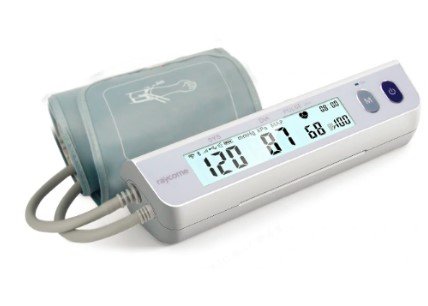Precautions for Communicating with International Suppliers in the Medical Lab and Phlebotomy Industry
Summary
- Understanding cultural differences is crucial when communicating with international suppliers in the medical lab and phlebotomy industry in the United States.
- Effective communication methods such as using clear and concise language, providing detailed instructions, and utilizing translation services can help prevent misunderstandings.
- Proper documentation and verification of all communications can ensure transparency and accountability in dealings with international suppliers.
- Research the cultural norms and communication styles of the country your supplier is from.
- Avoid making assumptions based on your own cultural perspective.
- Be mindful of differences in hierarchy, formality, and nonverbal communication cues.
- Use clear and concise language to convey information accurately.
- Provide detailed instructions and specifications to avoid misinterpretations.
- Utilize translation services or tools when necessary to facilitate communication.
- Document all communication, agreements, and transactions with international suppliers.
- Confirm important details through written forms of communication such as email.
- Verify the information exchanged with international suppliers to ensure accuracy and reliability.
Introduction
Effective communication is essential in the medical lab and phlebotomy industry, especially when dealing with international suppliers. In a globalized world, businesses often rely on suppliers from different countries to provide essential products and services. However, communicating with international suppliers comes with its own set of challenges, including language barriers, cultural differences, and time zone Discrepancies. In this article, we will discuss the precautions that should be taken when communicating with international suppliers in the medical lab and phlebotomy industry in the United States.
Understanding Cultural Differences
One of the first precautions that should be taken when communicating with international suppliers is to understand and respect cultural differences. Different countries have different communication styles, norms, and protocols. What may be considered appropriate in one culture may be perceived as disrespectful in another. It is essential to do some research on the culture of the country your supplier is from and adapt your communication style accordingly.
Key Points:
Effective Communication Methods
When communicating with international suppliers, it is crucial to use effective communication methods to ensure clarity and understanding. Clear and concise language should be used to avoid misunderstandings. Providing detailed instructions and specifications can help prevent errors and Discrepancies. It may also be helpful to utilize translation services or tools to bridge language barriers.
Key Points:
Documentation and Verification
Proper documentation and verification of all communication with international suppliers is essential to ensure transparency and accountability. Keep records of all correspondence, agreements, and transactions in writing. Confirm important details through email or other written forms of communication to avoid any misunderstandings or disputes down the line. Verifying the information exchanged with your international suppliers can help maintain trust and prevent potential issues.
Key Points:
Conclusion
Communicating with international suppliers in the medical lab and phlebotomy industry in the United States requires taking precautions to navigate language barriers, cultural differences, and other challenges. By understanding cultural differences, using effective communication methods, and documenting all communication, businesses can foster positive relationships with their international suppliers and ensure smooth operations in the industry.

Disclaimer: The content provided on this blog is for informational purposes only, reflecting the personal opinions and insights of the author(s) on the topics. The information provided should not be used for diagnosing or treating a health problem or disease, and those seeking personal medical advice should consult with a licensed physician. Always seek the advice of your doctor or other qualified health provider regarding a medical condition. Never disregard professional medical advice or delay in seeking it because of something you have read on this website. If you think you may have a medical emergency, call 911 or go to the nearest emergency room immediately. No physician-patient relationship is created by this web site or its use. No contributors to this web site make any representations, express or implied, with respect to the information provided herein or to its use. While we strive to share accurate and up-to-date information, we cannot guarantee the completeness, reliability, or accuracy of the content. The blog may also include links to external websites and resources for the convenience of our readers. Please note that linking to other sites does not imply endorsement of their content, practices, or services by us. Readers should use their discretion and judgment while exploring any external links and resources mentioned on this blog.
